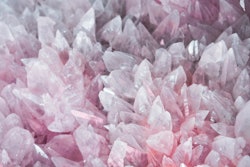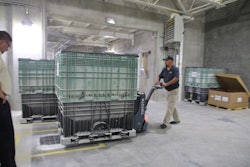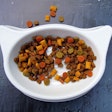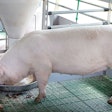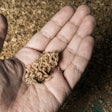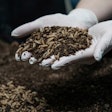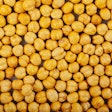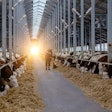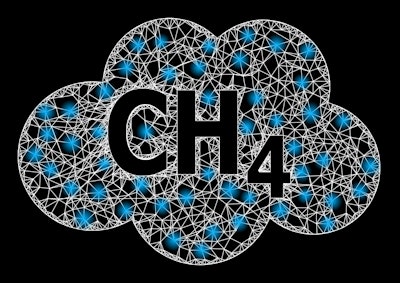
Feeding cows algae may not be the only way to reap the methane-reducing benefits ofasparagopsis, according to a new study out of the Swedish University of Agricultural Sciences in Umeå.
Mixing asparagopsis powder with feces from dairy cows reduced methane emissions from the manure by 44%, according tothe study, published this month in the journal Frontiers in Sustainable Food Systems. Manure from cows fed asparagopsis also produced slightly less methane, regardless of whether the algae was added directly to the feces — though the difference from the feed additive alone was not statistically significant and will require more scientific investigation to verify whether the additive was the cause of the reduction, according to Mohammad Ramin, an associate professor at the Swedish University of Agricultural Sciences in Umeå.
The decision to add asparagopsis directly to cow manure was something of a scientific whim, Ramin said. The research team was already running an experiment that involved feeding dairy cows asparagopsis, and somewhere along the way someone had the idea to try mixing 3-NOP — a synthetic compound with the same mode of action as asparagopsis — in cow manure. However, the team was unable to procure 3-NOP for its experiment, so it decided to use asparagopsis powder instead.
Cow manure releases methane for many of the same reasons that the animals' digestive processes cause enteric emissions of methane, Ramin said. Methanogenesis in the manure releases methane as a byproduct of fermentation. Asparagopsis and 3-NOP work by blocking the enzymes responsible for this production of methane.
So while it’s not clear exactly why adding asparagopsis to cow feces reduced emissions in this study, which Ramin described as a small pilot study, it’s likely the algae has the same effect in manure as it does in the rumen.
There are, however, some questions about whether the practice of using asparagopsis to reduce methane emissions from manure would be viable on a commercial scale. In order to get the best possible results from the study, Ramin’s team incubated manure samples under conditions intended to promote the production of methane. Manure is not always stored this way and, when it is, it is often to collect methane from the manure for the production of biogas. But there could be other situations — such as when open manure lagoons are exposed to warm weather — where the use of asparagopsis to control methane emissions might prove beneficial.
Using asparagopsis in this way might also be rather expensive, Ramin said, so producers and societies would have to weigh the benefits. And it might be possible to get similar, if not quite as dramatic, results from feeding methane-reducing additives to cattle.
Ramin said his team plans to run a second experiment in August to determine whether feeding 3-NOP to cows reduces methane emissions from manure without the use of additional 3-NOP in the manure itself. The team's most recent findings point to a possible effect from the use of a feed additive alone, but the number of cows in the study was too small for the researchers to determine whether the reduction was a result of the additive, or merely a fluke. Replicating the experiment with a larger number of cattle should allow the researchers to determine whether the feed additives have an effect on downstream emissions from manure.





